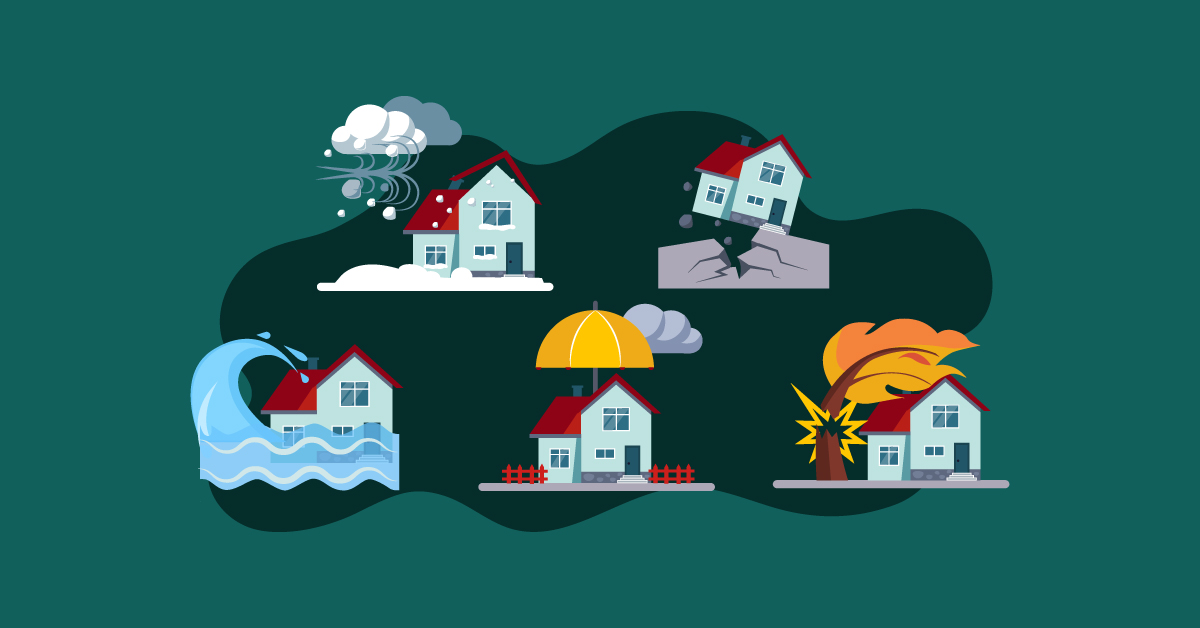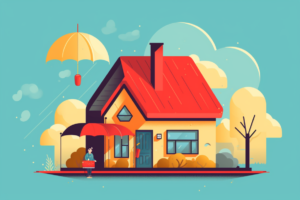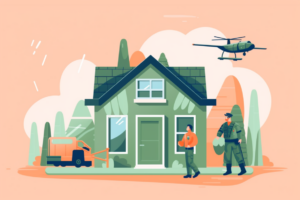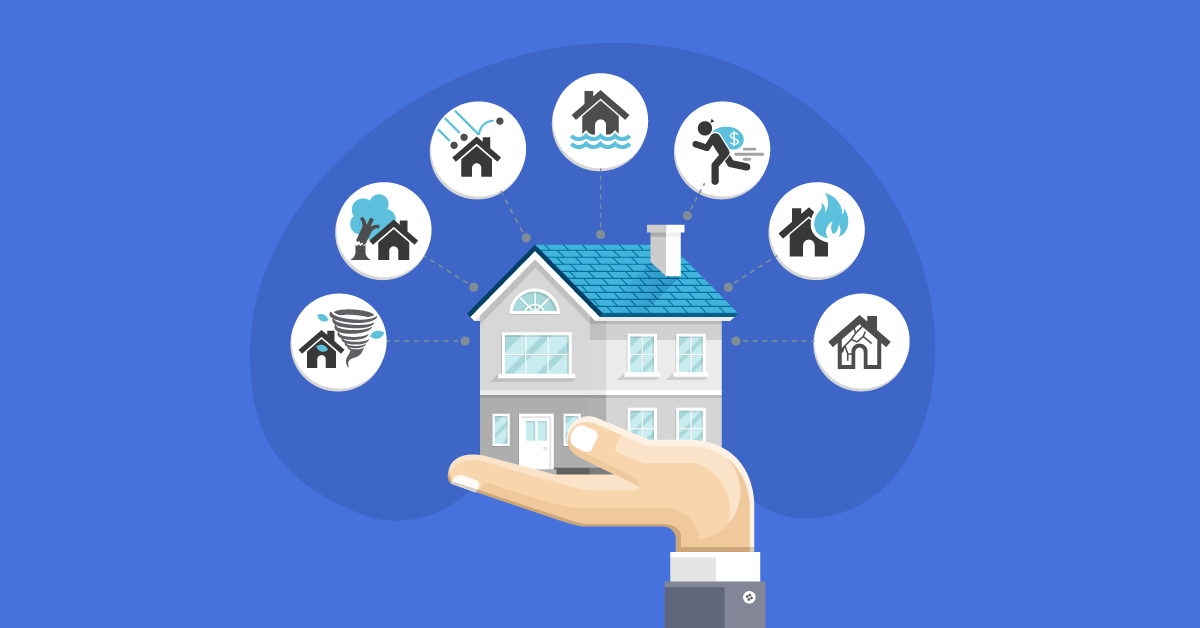Whether it’s terrible weather, broken appliances, theft, or some other bad luck, damage to our home or property is frequently caused by the unexpected. However, some patterns in homeowners’ claims data might help homeowners plan for the unexpected.
If an event covered by an agreed-upon policy damages or destroys the covered home or its contents, homeowners’ insurance pays compensation. It also covers situations where the occurrence causes bodily harm or property damage to others.
But what does that really mean? Keep reading to find out.
The 6 most common homeowners insurance claims are listed below, along with tips on avoiding them based on recent data and statistics.
Wind and Hail Damage
Flying debris, broken tree limbs, and the sheer intensity of the wind can all contribute to this type of damage. Your building’s weak structures are particularly vulnerable. Be sure to safely store outdoor furniture, gardening equipment, and anything else that could go airborne before a storm to avoid or limit the damage that strong winds can do.
At least once a year, inspect your roof and repair any loose shingles or tiles. Surrounding shrubs, trees, and bushes should be manicured and free of dead branches that could cause harm to your home and property if picked up by severe winds. If you live in a region where hail storms are common and are thinking about replacing your roof, consider adopting an impact-resistant material.
Even though wind and hail account for far more than one-third of all homeowners’ insurance claims, they aren’t the most expensive, costing $10,801 per claim. After a hurricane, knowing how to hire a reputable repair service may come in handy.
Water Damage and Freezing
These claims are numerous and expensive, currently ranked third overall and costing an average of $11,098.
Bad weather can bring a lot of rain or even snow. This water causes damage to your home in various ways, along with interior issues, such as a burst pipe or leaky plumbing. Remove heavy snow before it accumulates on your roof to help prevent damage. In addition, the spring thaw might create flooding after a lengthy winter.
Unfortunately, the majority of homeowners’ insurance policies do not cover flood damage. However, if your neighborhood is prone to floods, you may want separate flood insurance. In addition, land that slopes away from your house can prevent water damage by allowing water to drain away from the structure rather than towards it.
Keep your gutters and downspouts clear of leaves, twigs, and other debris to allow water to drain away from your property and away from your foundation or basement, preventing future damage.
Fire and Lightning Damage
While fire and lightning claims are the third most common, they are also the most expensive, with an average cost of $78,838. Considering homeowners’ insurance was created to safeguard against fires, coverage for fire claims is easily obtainable.
A few simple safety precautions will help you prevent the anguish, damage, and loss that a house fire causes. Set smoke detectors on every floor of your home and check them once a year.
If you have a fireplace or stove that uses firewood, get it examined and cleaned at least once a year to avoid soot buildup, leading to a chimney fire. Also, remember to dispose of ashes in a sealed metallic container outside your home after a fire to reduce the risk of a stray spark igniting a fire.
The kitchen is another place in the house where fires can originate. Avoid storing anything flammable near your stove or oven, especially anything that could catch on fire when you’re cooking. Finally, a burning candle should never be left unattended.
The bad news is that fires can quickly destroy a lot of property, so insurance claims are expensive.
Non-Theft Property Damage
According to the Insurance Information Institute, damage to property, such as a tree falling on your roof or a utility vehicle backing into your garage, is one of the leading causes of homeowner’s insurance claims. While there are many different types of claims, the average cost is $6,598.
Theft is a small exception to the vandalism exclusion. It does not preclude vandalism that occurs before or concurrently with theft for various reasons, including the simple fact that if viewed any other way, the same insured would’ve been able to recover for the damages to his structure if the same criminal was unsuccessful.
Determine which disasters are most likely to strike your location. Make sure you’re ready for all of the threats you’ve identified. Create a disaster recovery strategy. If you already have one, review it to make sure it’s current. This includes anticipating anything that could interrupt critical systems, infrastructure, or building functions.
Examine all sections of your home or facility for spots that require immediate attention.
Break-ins and Theft
Theft is the smallest of the big guys, accounting for only one percent of all claims and an average claim cost of $4,328. Consider adding a surveillance system to lower your chance of theft. Some insurers will even give you a discount if you do this.
A criminal could use your garage door opener if you leave it in an unlocked car in your driveway. Install additional exterior motion sensor lights that will activate when someone approaches your home after dark. Any would-be burglars will be scared of being seen if they break in due to the different kinds of burglar-proofing strategies employed.
Take a walk outside of your house during the day or night to see what items are apparent, both inside and outside, that a burglar could find appealing. When possible, keep expensive objects outside the home in outbuildings or a garage. At night, close window coverings to keep valuables inside your home hidden.
If you store a spare key outside your house, don’t leave it in places where a burglar could easily find it. Instead, consider entrusting a key to a trustworthy neighbor.
Liability Claims
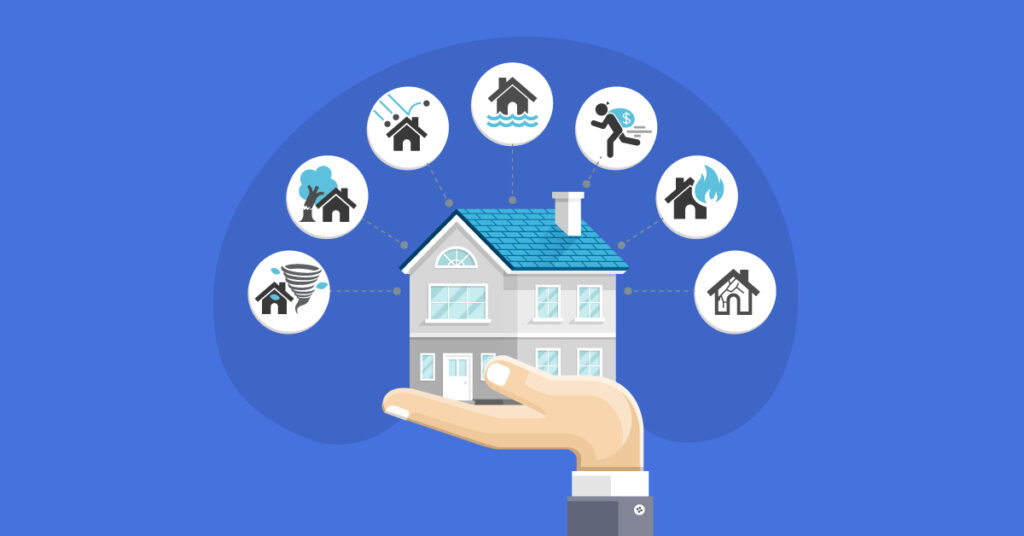
Liability relates to your responsibility to others, such as when a visitor is injured or property is damaged while visiting your home. Despite their rarity, these claims are often expensive, costing $26,872. If a visitor to your home slips and falls, you could be responsible for their immediate medical bills and any legal fees.
Remove trip hazards in and around your home to reduce the risk of harm. Damaged entrance steps or misaligned patio stones are examples of such problems. Repair decks, including front porches, to replace decaying or damaged boards, projecting nails and screws, and other hazards. Install handrails on all interior and outdoor steps. Remember to clear walkways and driveways of snow and ice.
Wrapping It Up
Accidents and disasters can strike without warning. In these cases, you can reduce your financial risk. To help prevent damage and injury, choose the correct homeowners insurance for your house and family and be vigilant about home maintenance and safety.
Some of the most typical home insurance claims are listed above. Your risks will, of course, vary depending on where you live and what you own, which is why you need an insurance policy that covers your unique dangers.
While these suggestions may not prevent all types of damage, they can assist with mitigating damage and making repairs less expensive and time-consuming.

